
Lymphedema and the main causes
Lymphedema is a swelling of one arm or leg, which is caused by accumulation of lymph fluid, due to some kind of blockage in the lymphatic system. Lymphatic system, a very important part of the immune system, is thus compromised, and the accumulated fluid returns to the blood and the tissues. Since lymphedema can be primary and secondary, the causes differ. Primary is usually inherited and is more common in women, but diseases such as Milroy’s disease and Meige’s disease, both being hereditary disorders, very often cause it as well. Secondary lymphedema can be caused by any procedure or disease that may damage lymph nodes or lymph system, and among the most common are surgeries, infections, radiation therapy for the treatment of cancer, cancer cells, and tumors.
Diagnosis and methods of treatment
Since the symptoms of lymphedema are to a high extent similar to those of several other conditions, in cases when the diagnosis is not obvious, the doctors will usually first rule out other possibilities. For that purpose, they may require MRI scan, which will give a better insight to the tissues, CT scan, which will give a picture of the areas that are blocked, or Doppler ultrasound, which can be of great help when obstructions have to be located. Another very useful possibility for diagnosing lymphedema is lymphoscintigraphy, which actually gives radionuclide image of the lymphatic system and reveals areas that are blocked.
When it comes to the treatment of this condition, it is important to say that there is no cure for it. Several methods of the treatment are available, but they are all focused on the control of this condition by reducing the swelling and pain, and on the increased care and attention to the affected arm or leg. This is why every doctor will suggest light exercises that should be beneficial for the circulation of the lymph fluid. Physical therapists or even doctors themselves usually inform the patients about such exercises.
What also helps lymph fluid to circulate is massage, or even wrapping the entire limb by bandage, and there is a special method of wrapping which will also be shown by a therapist. Pneumatic compression requires wearing a special sleeve that can be inflated over the affected limb. One more option includes wearing long sleeves or stockings that have the purpose to compress the limb in order to make the fluid flow out of it. The most severe cases need the surgery, though not in order to cure the condition, but only to relieve the symptoms by removing the excess tissue.


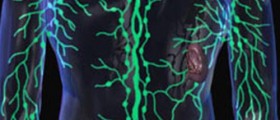



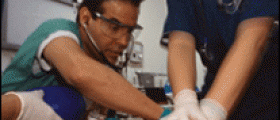
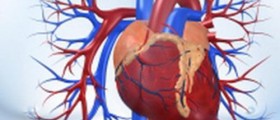
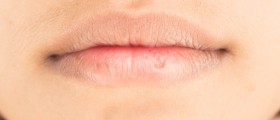
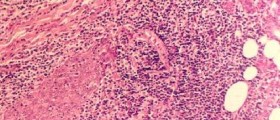
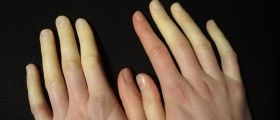






Your thoughts on this
Loading...